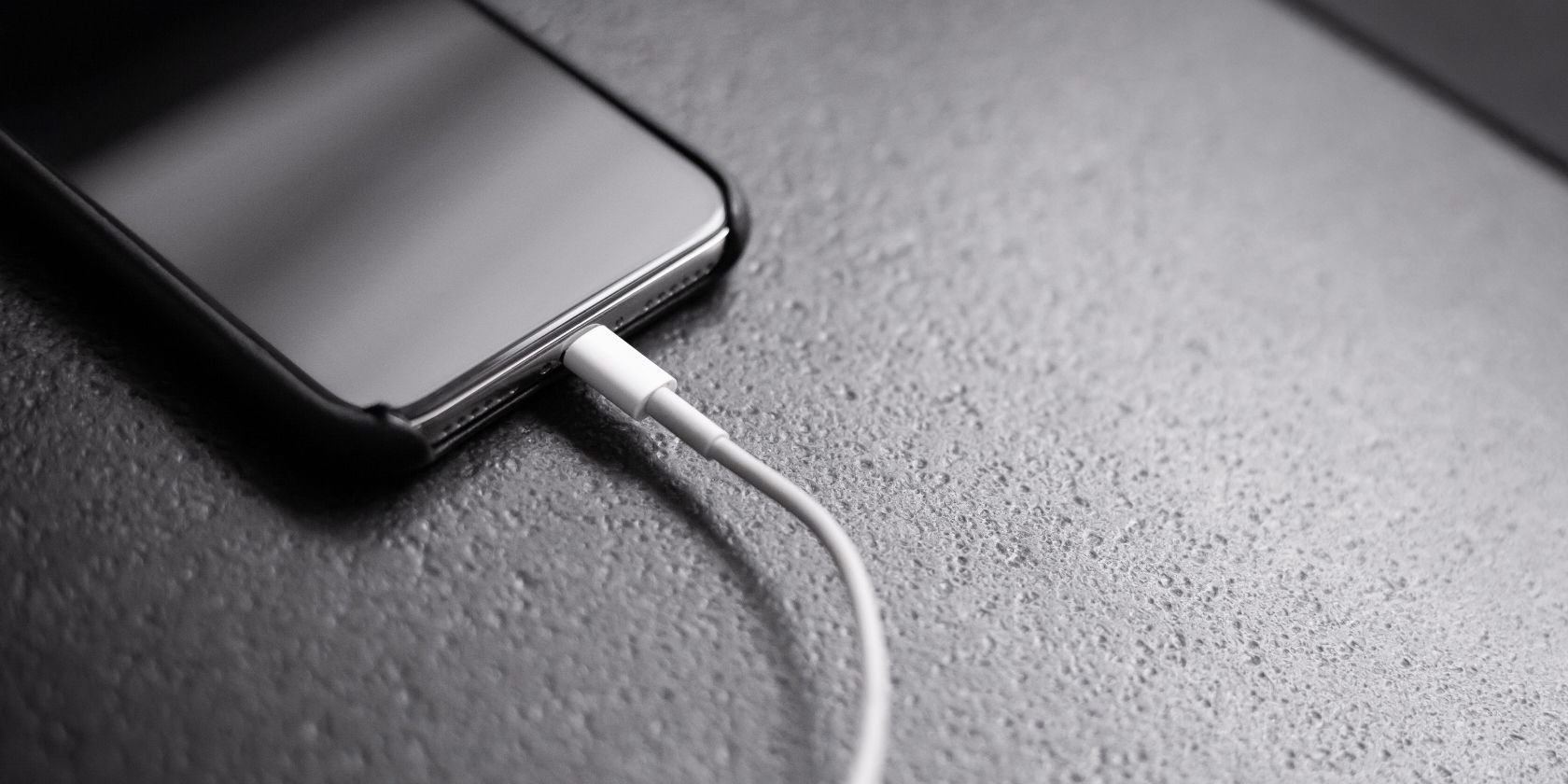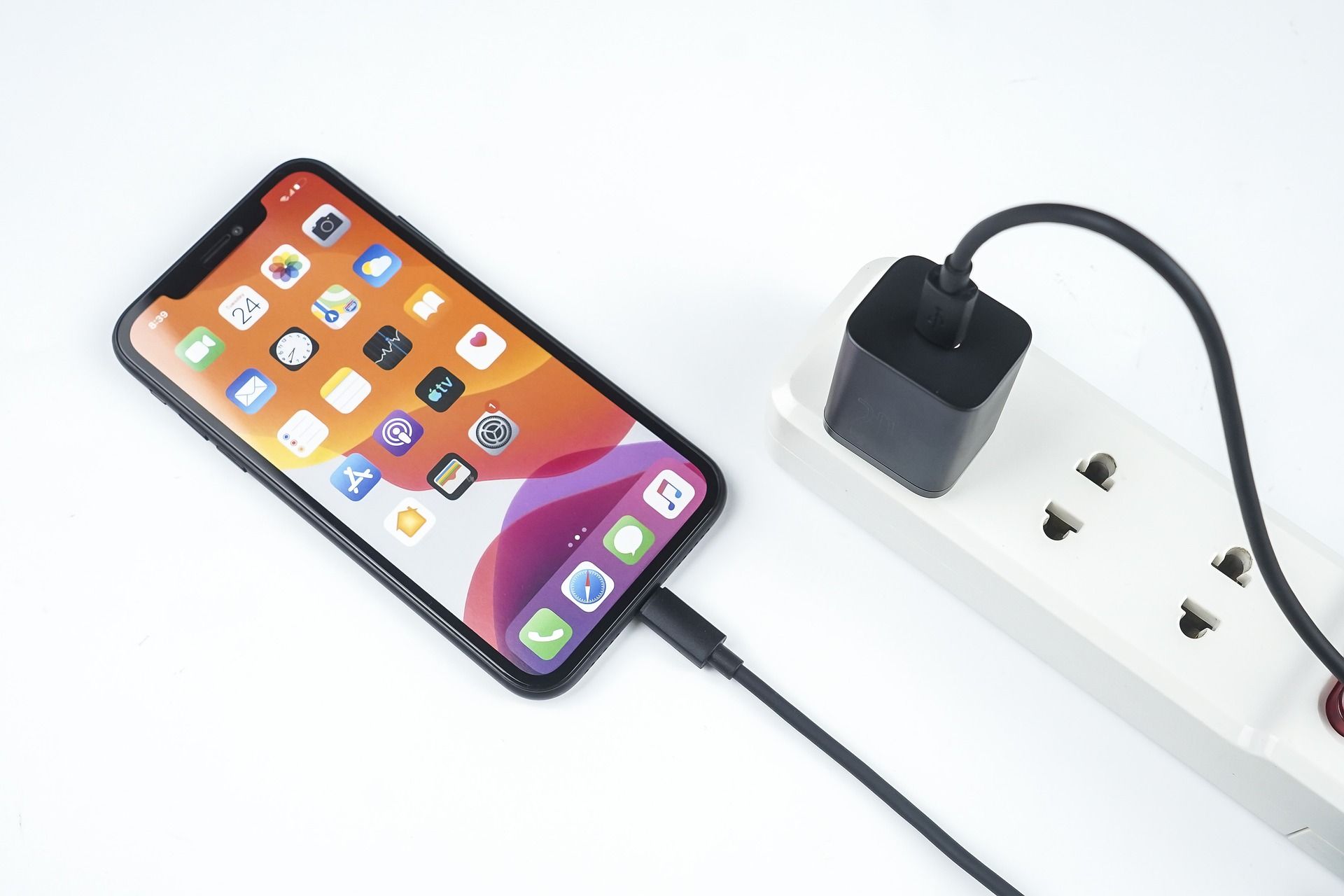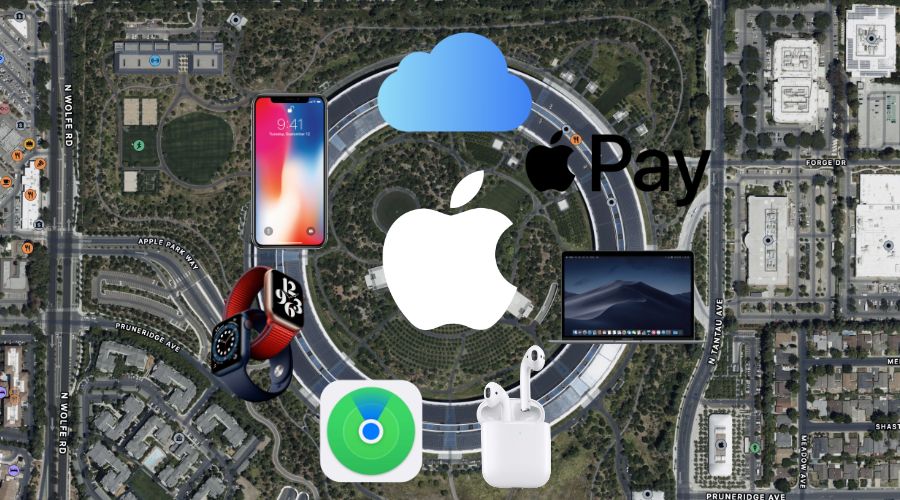If you’ve ever wondered why the iPhone doesn’t use a USB-C charger, you’re not alone. Apple has switched from its proprietary charging ports to ubiquitous USB-C on many MacBooks and iPads, so it’s reasonable that their customer base expect a USB-C iPhone soon.
That hasn’t happened yet, though, and it’s unclear whether it will happen in the near future, despite the EU’s recent proposal to require all smartphone manufacturers to use a USB-C charging port on all of their products.
Why is Apple choosing to stick with the Lightning port? Would a USB-C iPhone be such a bad thing? Let’s find out.
Why Apple Won’t Add USB-C Ports to iPhones
Before we delve into Apple’s reasons for not switching to USB-C on iPhones, let’s briefly highlight the EU’s proposal and its motivation.
The European Commission revealed a proposal in a September 2021 press release that would require smartphone manufacturers to use a standardized USB-C charging port on all devices. According to the EU, the variety of chargers on the market poses a potential environmental risk. Because devices use different ports, the average consumer must own multiple chargers, which is not only inconvenient but also increases the amount of e-waste each person generates.
The UNU reports that the world discarded 53.6 million tons of e-waste in 2019, and only 17.4% of that amount was recycled. Obviously, the EU’s one-charger-for-all approach is an attempt to mitigate these staggering e-waste stats, but Apple doesn’t seem to agree.
What Was Apple’s Response to the EU USB-C Proposal?
In a recent statement in response to the EU’s press release, Apple argued that switching to USB-C would actually be more wasteful than sticking with Lightning because customers would have to overhaul their Lightning-charged devices. And that’s reasonable thinking, especially speaking from experience.
When the Lightning port was introduced on the iPhone 5 in 2012, it quickly replaced the then-long-standing 30-pin connector, causing a social uproar as a wide range of docks and other accessories that relied on the larger connector type became incompatible with new iPhones.
However, we have to consider that Apple already offers USB-C ports on its iPads and MacBooks and has managed to switch over those popular products without major issues or customer revolts.
This cognitive dissonance on Apple’s end begs the need to investigate the company’s pushback further. It seems that Apple is more concerned about the EU’s mandate because it would lose revenue from every Lightning cable and accessory that works with the iPhone.
Then again, Apple is a $2.4 trillion company; if it switched to USB-C entirely, it would most likely be fine without the revenue from Lightning cable. After all, there are still plenty of proprietary Apple chargers and technologies to license, such as MagSafe, AirPlay, and Find My.
Why Doesn’t Apple Want to Switch to USB-C?
This leads one to think that Apple’s reluctance may be for another reason—control. Switching to USB-C would imply giving up yet another piece of control over what iPhone owners can do with their devices outside of Apple’s tight ecosystem. And, as we’ve seen time and again, Apple is averse to allowing this.
Apple also believes that the policy will stifle innovation, which the tech giant is known for championing. “We remain concerned that strict regulation mandating just one type of connector stifles innovation rather than encouraging it, which in turn will harm consumers in Europe and around the world,” the company said.
To be fair, Apple has taken its own attempts to limit charger e-waste, despite the fact that it has continued to use Lightning ports. It stopped supplying charging bricks or earbuds in the box with new iPhones last year, instead simply including a Lightning to USB-C adapter. However, the move received mixed responses, with some alleging Apple’s attempts were motivated by profit rather than lofty green ambitions.
What Will Apple Do?
It remains to be seen what move Apple will take in response to the EU’s proposal. There are a few speculations, though.
Apple may decide to build two hardware variants of future iPhones, one with a USB-C connector for the European market to avoid any legislation, while still offering a Lightning-port variant to the rest of the globe, including its home market of the United States.
However, separating its hardware portfolio in this way will increase production costs, which makes this option less practical.
The alternative is for Apple to make a portless iPhone. The EU’s proposed legislation will only apply to wired charging. Apple may bypass it by coming up with an iPhone that depends instead on MagSafe technology.
There’s still a long way to go, since the EU will give manufacturers two years to transition if the proposal becomes law, which could also take quite some time. But one thing is for sure—this isn’t the last we’ll hear about this idea, which might take some twists and turns over the next few years. We’ll keep you posted.



